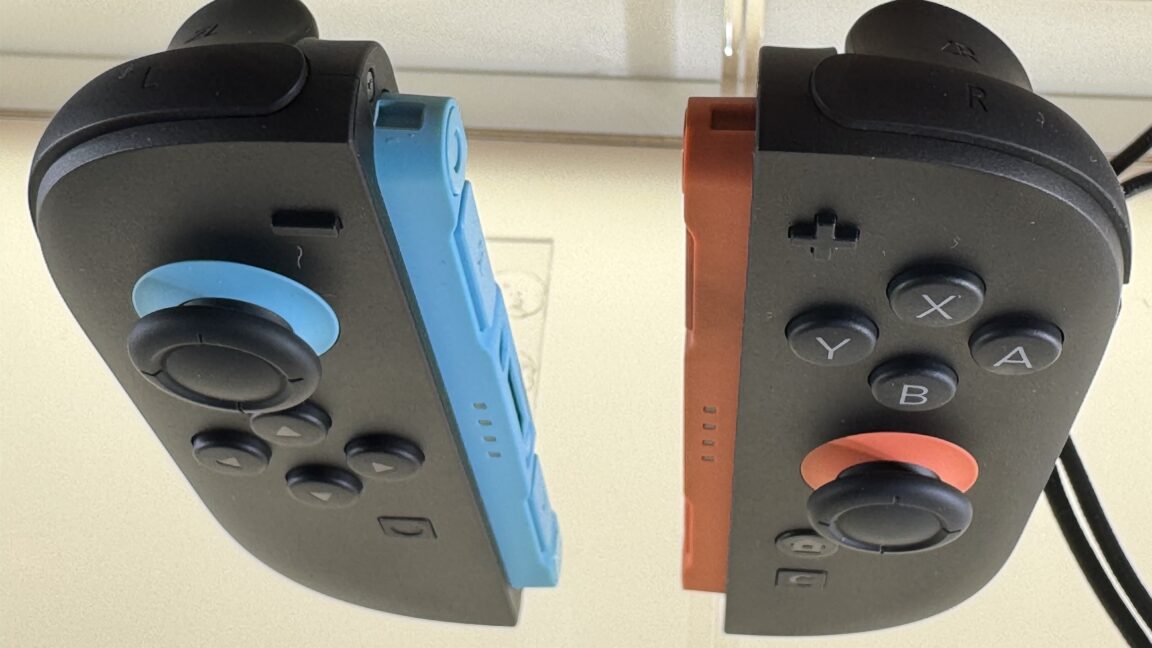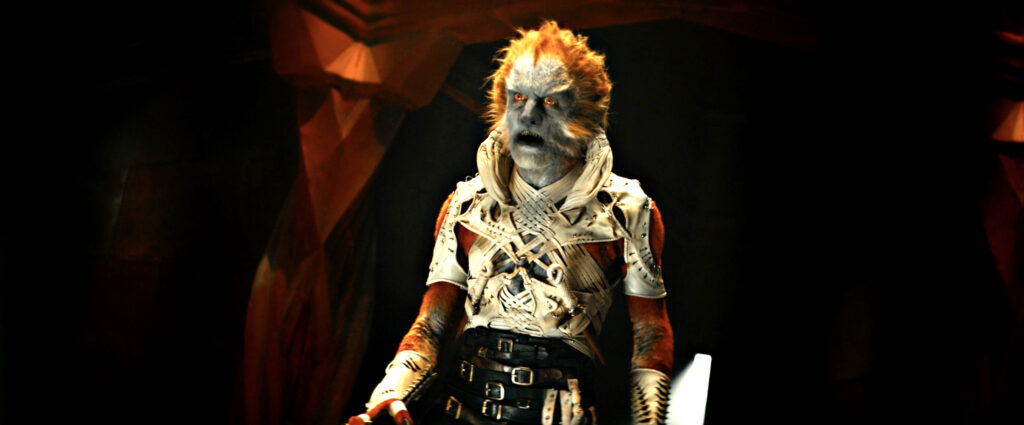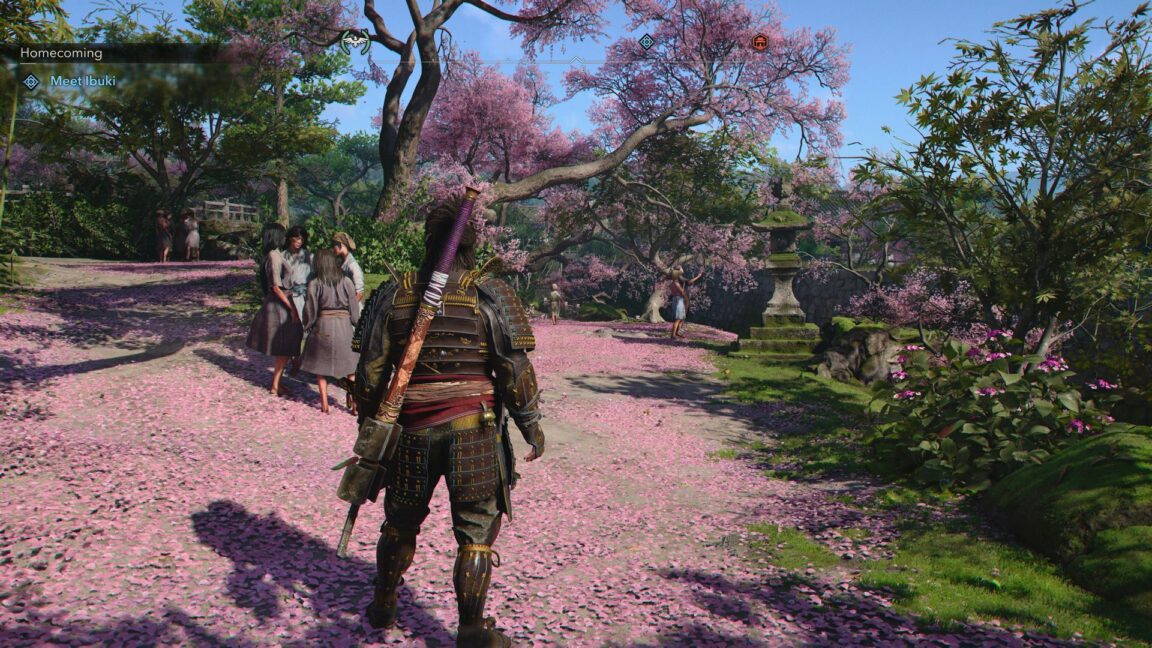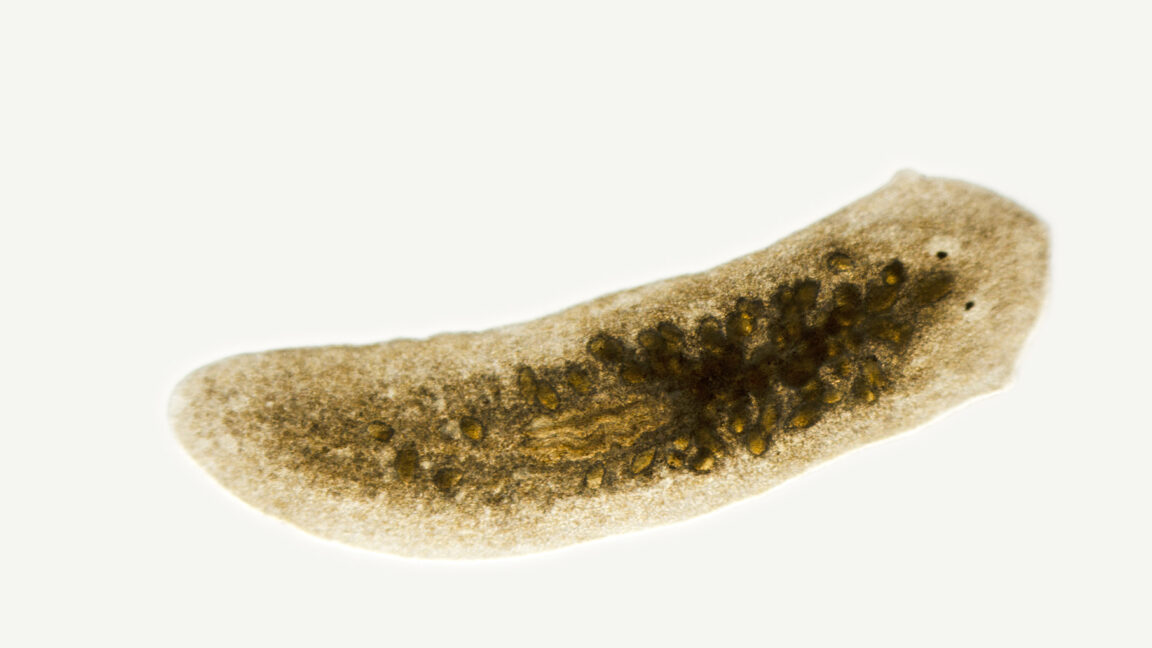
June 1990.
The Soviets were about to do it again.
Not considering that Sputnik had they so dramatically exceeded the West.
They were about to deploy the most sophisticated vertical takeoff and landing fight airplane the world had ever seen.
The Yak-141, NATO reporting name Freestyle, didnt just exceed the legendary British Harrierit made it look ancient.Everything the Harrier might do, the Yak-141 might do better.
While the Harrier struggled to break the sound barrier, Freestyle blasted through the sky at Mach 1.7.
Its innovative turning rear nozzle permitted 95-degree thrust vectoring transitions in secondsdelivering helicopter-like hovering with fighter jet efficiency.
The digital fly-by-wire system permitted a level of control Western pilots could only dream of.Then, the unthinkable occurred, and Yak-141s DNA would soon fly in American colours.Design and DevelopmentKnown internally as Product 48, the Yak-41 was planned to change the Yak-38 in service with the Soviet Navy.
It went through significant design evolution.
Configurations studied by Yakovlev included a twin-engine setup, which was declined due to uneven thrust problems in case of an engine failure during landing, and a single-engined setup, with lift jets to allow for vertical launch and landing, was selected.The engines were controlled digitally; maneuverability during the hover was supplied by reaction control jets, using excess airflow from the engines, situated at the wingtips and under the nose.
The pressurised cockpit was fitted with an automatic ejection seat; the automatic performance would be equipped when the engine duct was rotated previous 30 when at an airspeed of less than 300 kilometres per hour (160 kn; 190 mph).
The models had a cockpit arrangement comparable to that of the Yak-38M; the production airplane were prepared to be fitted with an entirely brand-new digital system including a helmet-mounted sight.
The airplanes landing equipment was of the tricycle type; the nosewheel withdrawed to the back, the main wheels pulling back forwards.Arrangement of Yak-141 powerplantThe wing was installed high on the fuselage, and was foldable to allow for compact storage on board attack aircraft carrier.
The main engine was a Tumansky R-79V-300, while the lift jets were a set of Rybinsk (RKBM) RD-41s, set up at an angle of 85 in the forwards fuselage behind the cockpit.Four prototypes were constructed; the first was a static-test post, the second a nonflying testbed, while the third and 4th models would be used for flight testing.
With the fall of the Soviet Union, Lockheed Aircraft got in a collaboration with Yakovlev in 1991 for additional advancement of the airplane, now formally redesignated Yak-141; the collaboration would not be announced by Yakovlev up until 6 September 1992 and not validated by Lockheed until June 1994.
Illustration of Yakovlev Yak-141The staying undamaged prototype was displayed at the Farnborough Airshow in 1992.
It was announced that the joint venture would lead to the building of three extra prototypes and an additional fixed test aircraft, one a two-seat fitness instructor variation, and all with a boost in their gross weight, nevertheless no additional aircraft were ever built.Top Photo: Yak-141 VTOL fighter during hover at 1992 Farnborough AirshowSources: YouTube; Wikipedia

 20
20
















